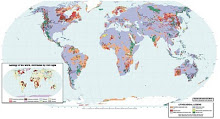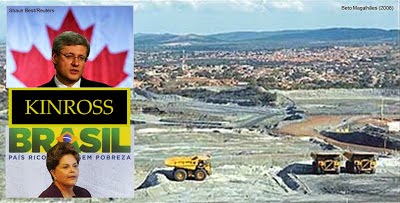Environ Int. 2011 Jan;37(1):11-7.
Wu CF, Liu LJ, Cullen A, Westberg H, Williamson J.
Department of Public Health, National Taiwan University, Taipei, Taiwan. changfu@ntu.edu.tw
Abstract
In the Seattle Air Toxics Monitoring Pilot Program, we measured 15 hazardous air pollutants (HAPs) at 6 sites for more than a year between 2000 and 2002. Spatial-temporal variations were evaluated with random-effects models and principal component analyses. The potential health risks were further estimated based on the monitored data, with the incorporation of the bootstrapping technique for the uncertainty analysis. It is found that the temporal variability was generally higher than the spatial variability for most air toxics. The highest temporal variability was observed for tetrachloroethylene (70% temporal vs. 34% spatial variability). Nevertheless, most air toxics still exhibited significant spatial variations, even after accounting for the temporal effects. These results suggest that it would require operating multiple air toxics monitoring sites over a significant period of time with proper monitoring frequency to better evaluate population exposure to HAPs. The median values of the estimated inhalation cancer risks ranged between 4.3 × 10⁻⁵ and 6.0 × 10⁻⁵, with the 5th and 95th percentile levels exceeding the 1 in a million level. VOCs as a whole contributed over 80% of the risk among the HAPs measured and arsenic contributed most substantially to the overall risk associated with metals.
Thursday, February 17, 2011
Subscribe to:
Post Comments (Atom)




No comments:
Post a Comment